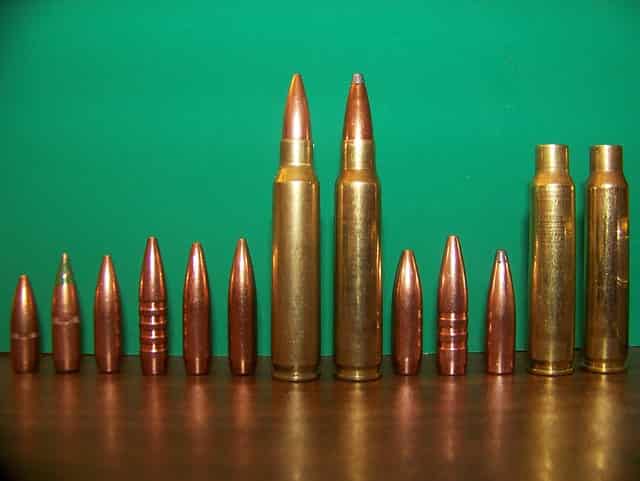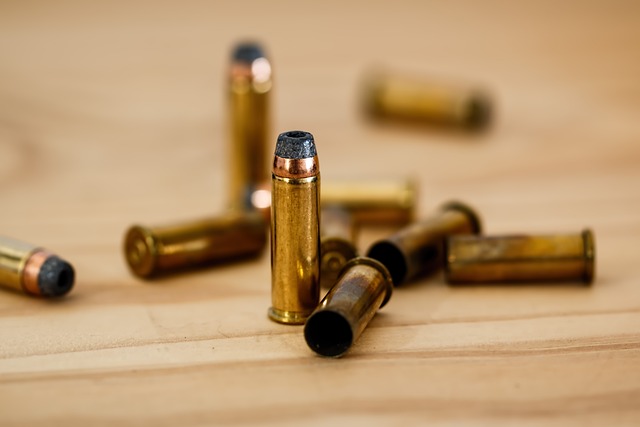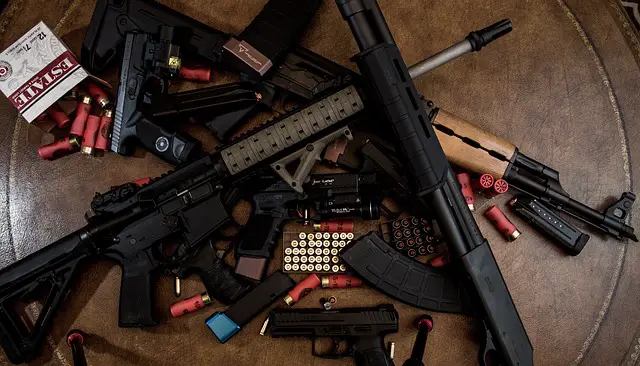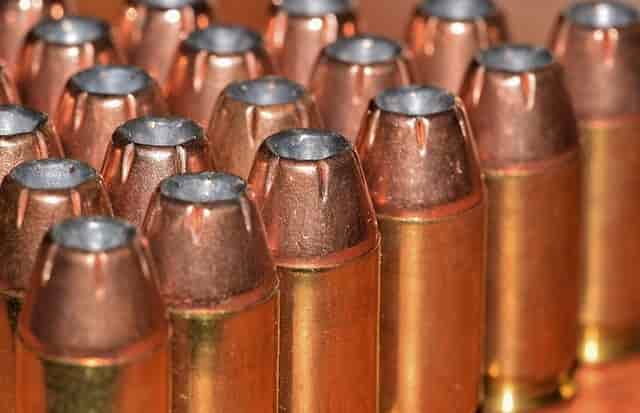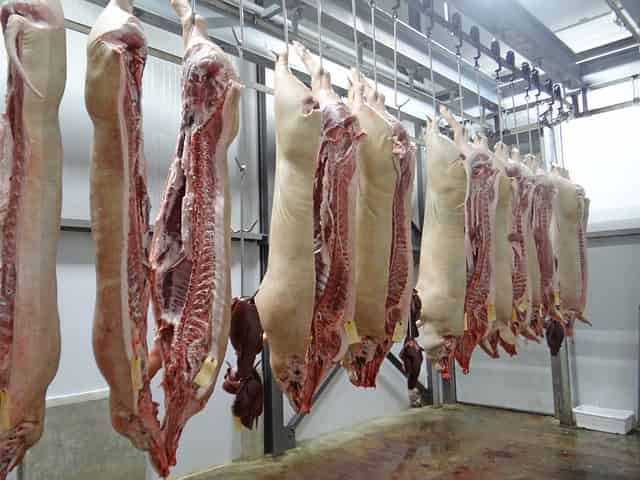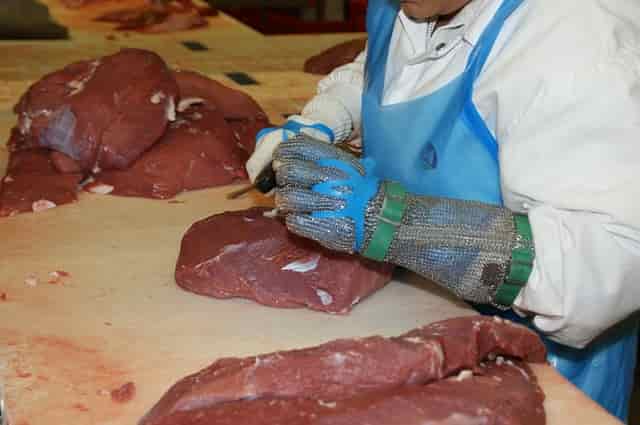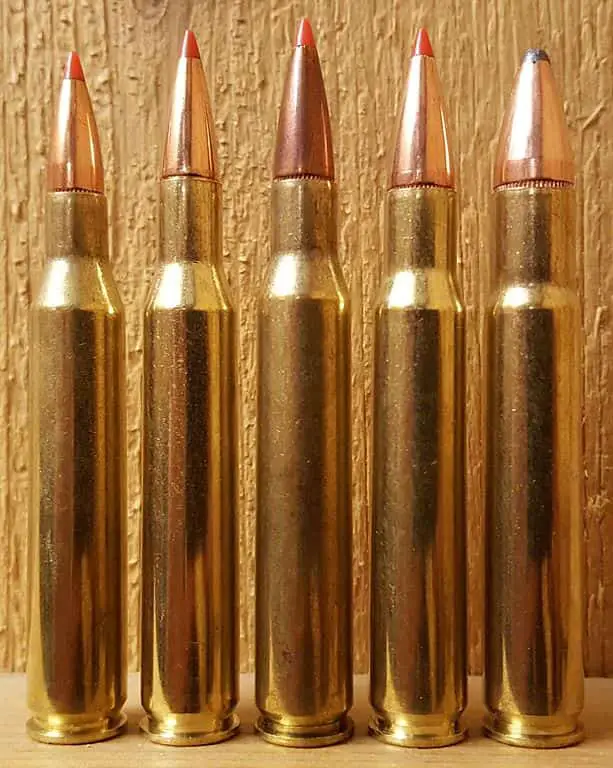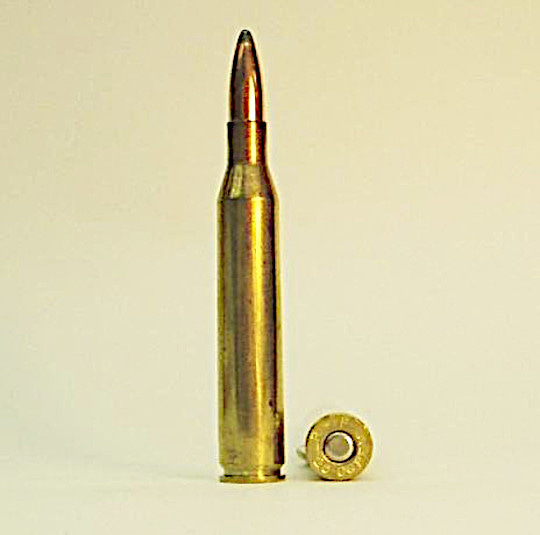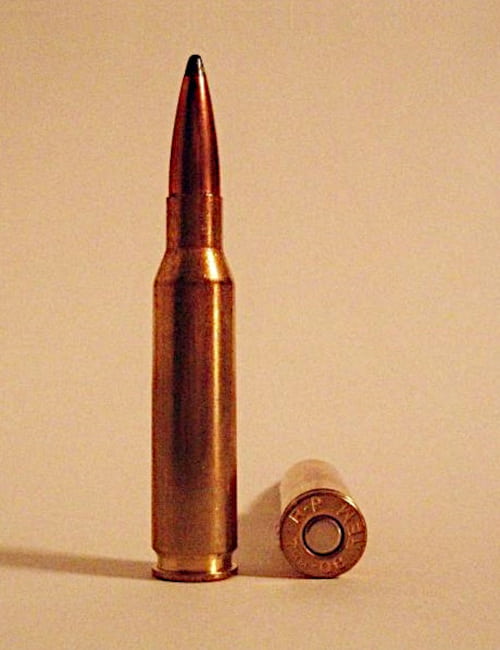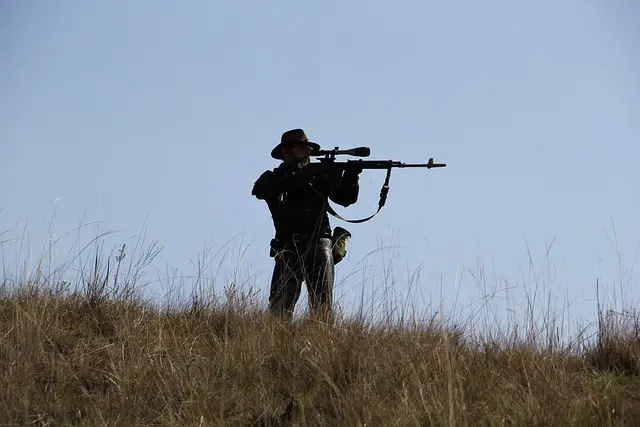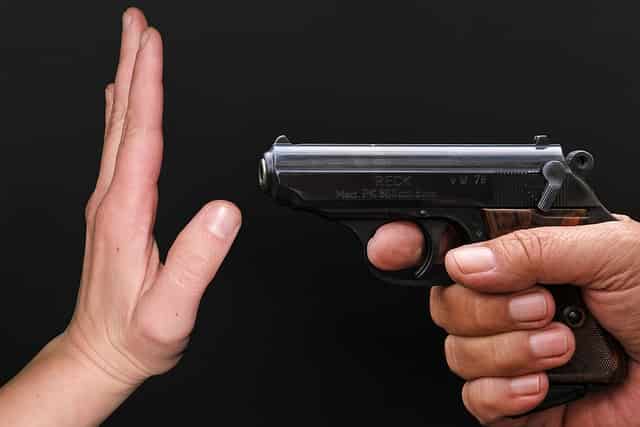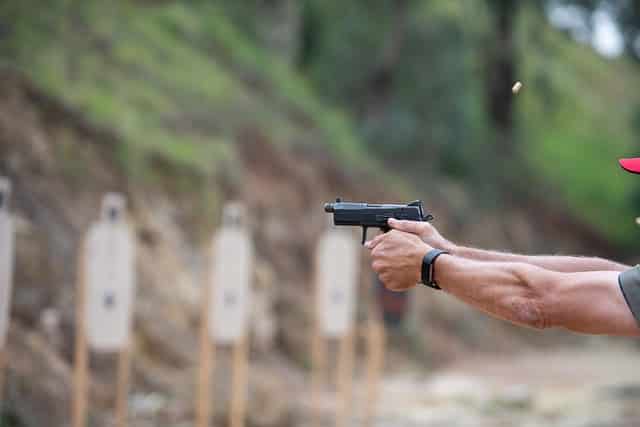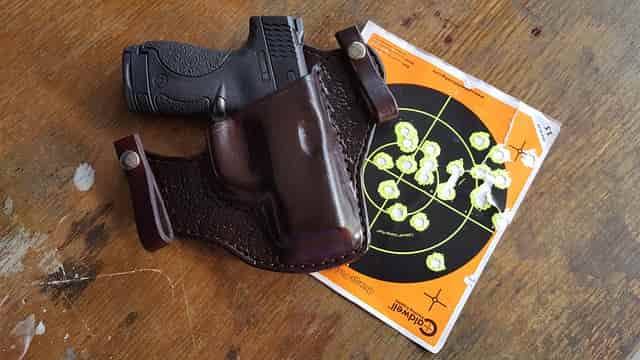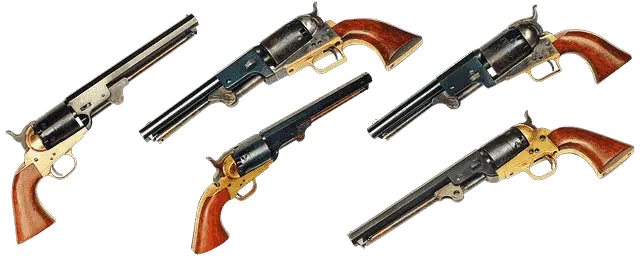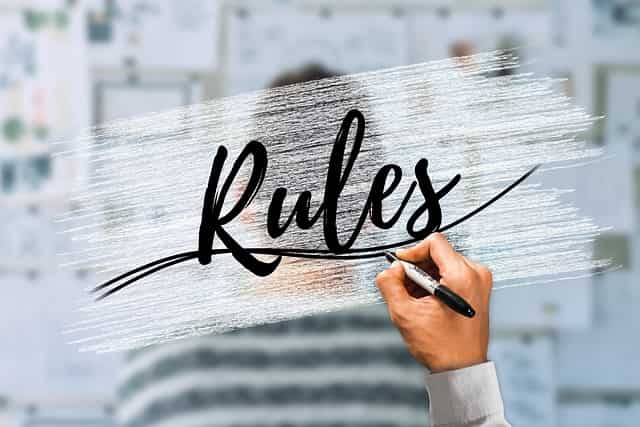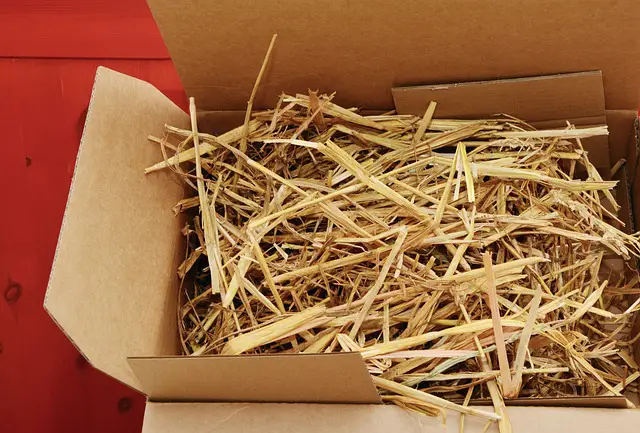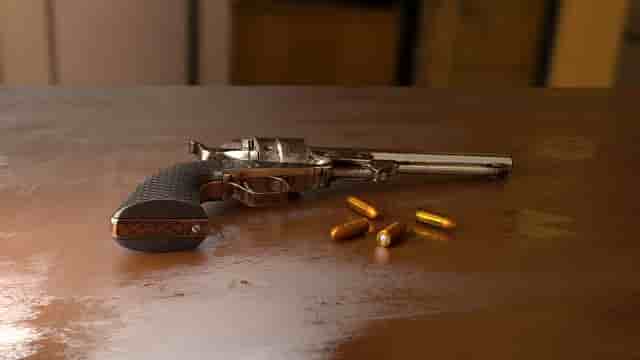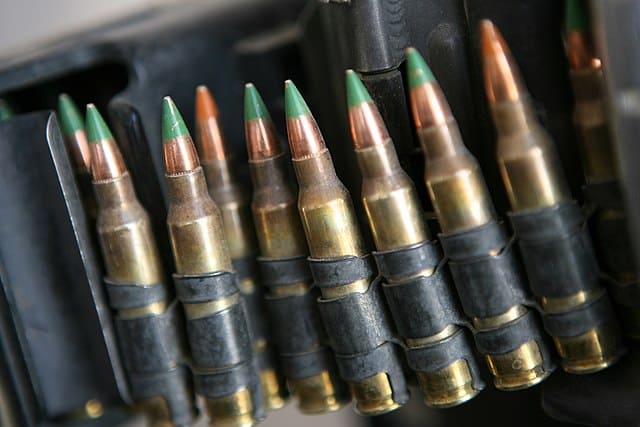
Green tip ammo, also known as M855, is a type of ammunition that has become increasingly popular among gun enthusiasts. This type of ammo is specifically designed for use with rifles, particularly those chambered for the 5.56 NATO cartridge. Green tip ammo is so named because of the green paint that is used to identify the tip of the bullet.
One of the key features of green tip ammo is its steel core, which provides added penetration power and greater accuracy at longer ranges. This makes it an ideal choice for shooting at targets that are located further away. Additionally, the steel core also helps to reduce the risk of ricochet, making it a safer option for shooting in certain environments. However, it’s important to note that green tip ammo is not designed for use in handguns or other types of firearms.
What is Green Tip Ammo?
Definition
Green tip ammo, also known as M855 ammunition, is a type of cartridge used in firearms such as the AR-15 and other rifles chambered in .556x45mm NATO. It is a full metal jacket (FMJ) projectile with a steel core. The “green tip” refers to the green color of the painted tip of the bullet.
History
The M855 cartridge was first introduced in the 1980s as a replacement for the M193 cartridge. The M855 cartridge was designed to have better penetration capabilities than the M193 cartridge, due to its steel core. It was originally intended for use in the M16A2 rifle, but it is now widely used in a variety of firearms.
Manufacturing
Green tip ammo is manufactured using a steel penetrator core, surrounded by a lead core and a copper jacket. The copper jacket protects the core and helps to maintain the bullet’s trajectory. The manufacturing process involves precision machining and quality control to ensure consistent performance.
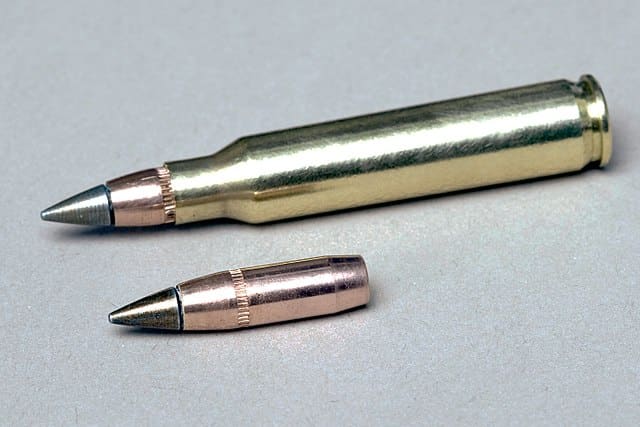
Green tip ammo is often confused with M855A1, which is a newer type of ammunition that uses a copper core with a steel penetrator. M855A1 has better penetration capabilities than M855.
Overall, green tip ammo is a popular choice for target shooting and hunting due to its accuracy and penetration capabilities. However, it is important to note that some ranges and hunting areas may prohibit the use of armor-piercing ammunition, so it is important to check local regulations before using green tip ammo. Additionally, some AR-15 pistols may not be able to stabilize the bullet due to their low twist rate, so it is important to check the firearm’s specifications before using green tip ammo.
Legal Status of Green Tip Ammo
Federal Definition
Green Tip Ammo, also known as M855 ammunition, is a type of 5.56mm NATO ammunition that is primarily used by the military. According to the Bureau of Alcohol, Tobacco, Firearms and Explosives (ATF), M855 ammunition was originally classified as “armor-piercing” but that designation was removed years ago. This was due to its steel core, which is designed to penetrate deeper.
Civilian Use
While it is legal for civilians to own and use Green Tip Ammo, there are some restrictions. The Gun Control Act of 1968 prohibits the manufacture, importation, and sale of armor-piercing ammunition, but there is an exemption for Green Tip Ammo that is primarily intended for sporting purposes. However, the ATF has proposed changes to this exemption in the past, which has caused some controversy among gun owners.
Law Enforcement Use
Law enforcement agencies are allowed to use Green Tip Ammo for training and operational purposes. However, some agencies have banned the use of this type of ammunition due to its armor-piercing capabilities, as it can pose a risk to civilians and soft targets.
When it comes to body armor, Green Tip Ammo can penetrate some types of armor, particularly soft body armor. However, it may not be effective against higher-level armor, such as ceramic plates.
It is important to note that Green Tip Ammo is not the same as a penetrator round. While it does have a steel core, it is not designed specifically for armor-piercing purposes. Additionally, Green Tip Ammo has a boat-tail bullet, which increases its accuracy and muzzle velocity.
While Green Tip Ammo can be purchased as military surplus, it is important to ensure that it is legal to possess and use before doing so. Additionally, some indoor shooting ranges may not allow the use of this type of ammunition due to its deep penetration capabilities.
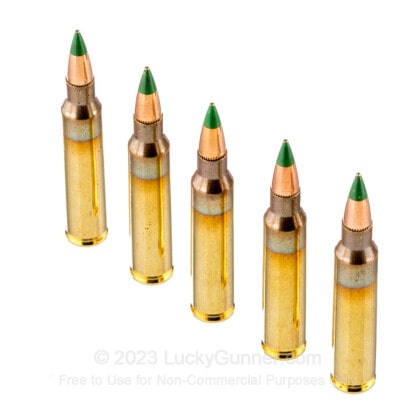
Performance and Capabilities
Accuracy and Trajectory
Green tip ammo, also known as M855 ammunition, is a type of 5.56x45mm NATO round that features a steel penetrator and a lead core. The bullet weight is typically around 62 grains, and it has a boat tail design that helps with aerodynamics and trajectory. The twist rate of the barrel can affect the accuracy of the round, but in general, green tip ammo is known for its accuracy and consistency.
Velocity and Energy
Green tip ammo has a muzzle velocity of around 3,100 feet per second and a muzzle energy of around 1,300 foot-pounds. This makes it a high-velocity and high-energy round that is suitable for a range of applications, including hunting, home defense, and military use. The high velocity of the round helps with accuracy and trajectory, while the high energy can provide excellent stopping power.
Penetration and Fragmentation
One of the key features of green tip ammo is its steel penetrator, which can help the round penetrate through barriers such as soft body armor or walls. However, this can also lead to over-penetration, which can be a concern in certain situations. Green tip ammo is also known for its fragmentation, which can increase its wounding potential.
Wounding Potential
Green tip ammo is a full metal jacket (FMJ) round, which means that it does not expand upon impact. However, the steel tip and partial steel core can cause the round to tumble upon impact, which can increase its wounding potential. The round is also known for its ability to cause multiple wound channels, which can further increase its effectiveness.
Overall, green tip ammo is a versatile and effective round that is suitable for a range of applications. Its high accuracy, velocity, and energy make it a popular choice for AR-15 rifles and handguns, as well as other firearms that use the 5.56x45mm NATO cartridges. Its steel penetrator and fragmentation capabilities make it a popular choice for military and law enforcement use, while its effectiveness in home defense situations cannot be ignored.
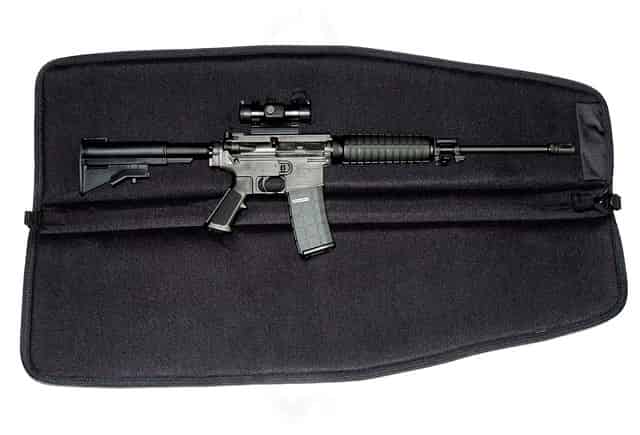
Conclusion
In conclusion, green tip ammo is a type of ammunition that is designed for use in rifles. It is characterized by its green-colored tip, which is made of a harder material than the rest of the bullet. This allows it to penetrate through tougher materials, such as body armor.
Green tip ammo is primarily used by law enforcement and military personnel, although it is also available to civilians in some cases. It is important to note that the use of green tip ammo is regulated by the government, and certain types may be restricted or prohibited.
Overall, green tip ammo is a reliable and effective type of ammunition that is well-suited for certain applications. However, it is important to use it responsibly and in accordance with all applicable laws and regulations.
